Focus resources, diversify products
After the administrative boundary merger, out of 34 provinces and centrally-run cities, 21 are coastal, accounting for nearly 62%. The merger also led to the emergence of megacities such as Ho Chi Minh City or Lam Dong - the largest province, over 24,000km². These new administrative units will create conditions for the development of diverse and rich tourism products with many types in one locality. In addition, localities will focus resources, invest more strongly in transport infrastructure, tourism services and brand promotion, facilitating the development of tourism into a spearhead economic sector.
With its diversity of nature, culture and people, Vietnam can take advantage of this opportunity to maximize its tourism potential, create attractive inter-regional products and enhance the country's position on the world tourism map. Regional development linkage organizations will play an important role in regulating tourism activities, developing unique products with their own brands and improving service quality.
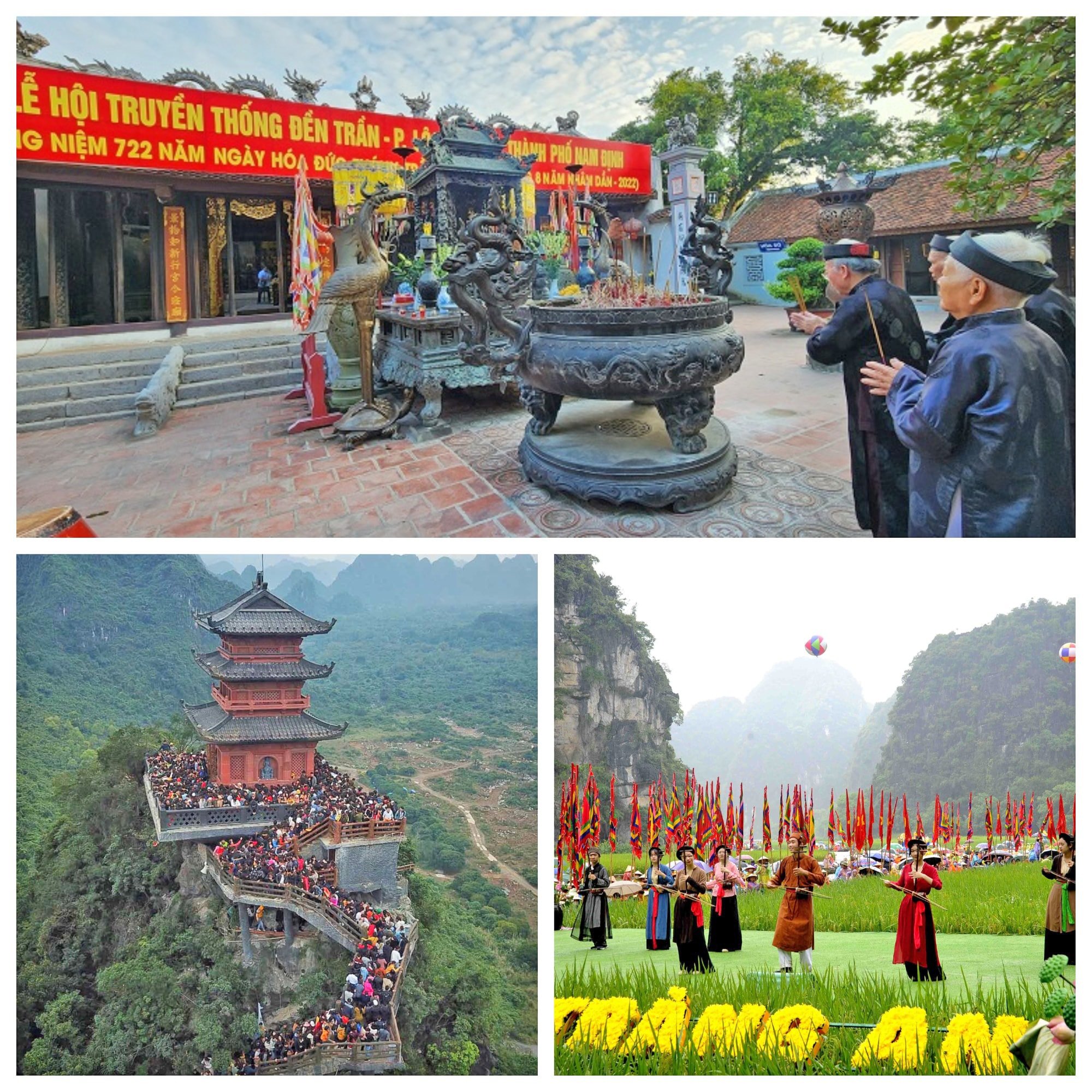
The tourism industry also faces an unprecedented opportunity to redraw the national tourism map, creating diverse and attractive inter-regional tourism products.
One of the biggest benefits of administrative boundary merger is the ability to remove administrative barriers between previous provinces/cities, creating conditions for designing inter-regional tourism routes, extending the length of stay and increasing tourist spending; “super tours” will bring more seamless, diverse and attractive experiences, meeting the increasing needs of domestic and foreign tourists. In addition, it creates opportunities to develop new tourism products/services, from accommodation, food and beverage, to handicrafts and local specialties.
Merging administrative boundaries also creates conditions for localities to re-plan their tourism ecosystems in a synchronous manner, instead of operating separately as before. Regions can clearly assign roles to optimize resources and create a chain of integrated, diverse and attractive tourism products, including building main tourist attractions, logistics areas, and local specialty production areas. This assignment of roles simultaneously creates a strong, unified and recognizable tourism brand in the international market.
Institutional improvement, maximize potential
To maximize the opportunity, there needs to be synchronous coordination between state management agencies, localities and tourism businesses. For state management agencies on tourism, research and amend and supplement the 2017 Tourism Law as well as related documents to recognize provincial and regional tourist areas according to the new administrative model. Preserve the value of recognized national tourist areas, cultural and natural heritages, and update the place names in accordance with the new administrative units to avoid confusion for tourists.
Develop policies to support tourism businesses, such as tax and credit incentives to help businesses overcome difficulties and expand investment. Promote the development of tourism human resources through training programs, vocational skills development and tourism management, ensuring adequate supply of high-quality labor...
Rebuild the national tourism planning and strengthen the promotion of new tourist destination images. State tourism management agencies need to coordinate with localities to review and comprehensively evaluate post-merger tourism resources to discover new destinations and develop a synchronous, effective and sustainable tourism development plan. Build a system of tourism maps, destination handbooks and communication materials on digital platforms, applying smart tour booking technology. Organize creative tourism promotion programs, focusing on newly formed inter-regional products, to attract domestic and international visitors.
Support the formation of alliances and organizations to develop regional tourism, remove administrative barriers, and facilitate the development of inter-regional tours. Promote international cooperation in human resource training, technology transfer, tourism promotion, and foreign investment attraction to develop tourism products in the new context.
For localities, survey and comprehensively evaluate the system of natural, cultural, historical tourism resources and new potential destinations, thereby building a database for planning. Develop inter-regional tourism product chains, taking advantage of strengths in natural resources, cultural heritage, and traditional festivals to extend the length of stay and increase spending of tourists. Preserve and promote the cultural identity of each locality, even when the administrative name changes, to maintain a distinct mark.
Increase investment in transport infrastructure connecting inter-regional tourist destinations, including roads, railways, airports and seaports. Develop accommodation, food and beverage services, and entertainment systems that meet international standards, while improving service quality and friendly, professional attitudes. Apply digital technology in managing and providing tourism services such as online booking systems, cashless payments, and multilingual information support.
Establish a mechanism for close coordination with tourism businesses to develop new products in line with planning and market demand. Support small and medium enterprises to access capital, technology and markets to improve competitiveness.
For tourism businesses, promptly grasp changes in administrative boundaries and tourism planning to adjust tours and tour programs accordingly; develop inter-regional tourism products, exploit new destinations to create attractive "super tours". Strengthen cooperation between localities and businesses to build inter-regional tourism products, organize stimulus programs, and introduce destinations. Reorganize local tourism associations to exchange experiences and improve competitiveness...
The merger of administrative boundaries is a historic turning point, opening up opportunities for the Vietnamese tourism industry to restructure. Only when the subjects coordinate closely can the Vietnamese tourism industry take advantage of opportunities, bring new experiences to tourists, and make important contributions to the country's socio-economic development.
Source: https://bvhttdl.gov.vn/co-hoi-ve-lai-ban-do-du-lich-viet-nam-20250704140943206.htm


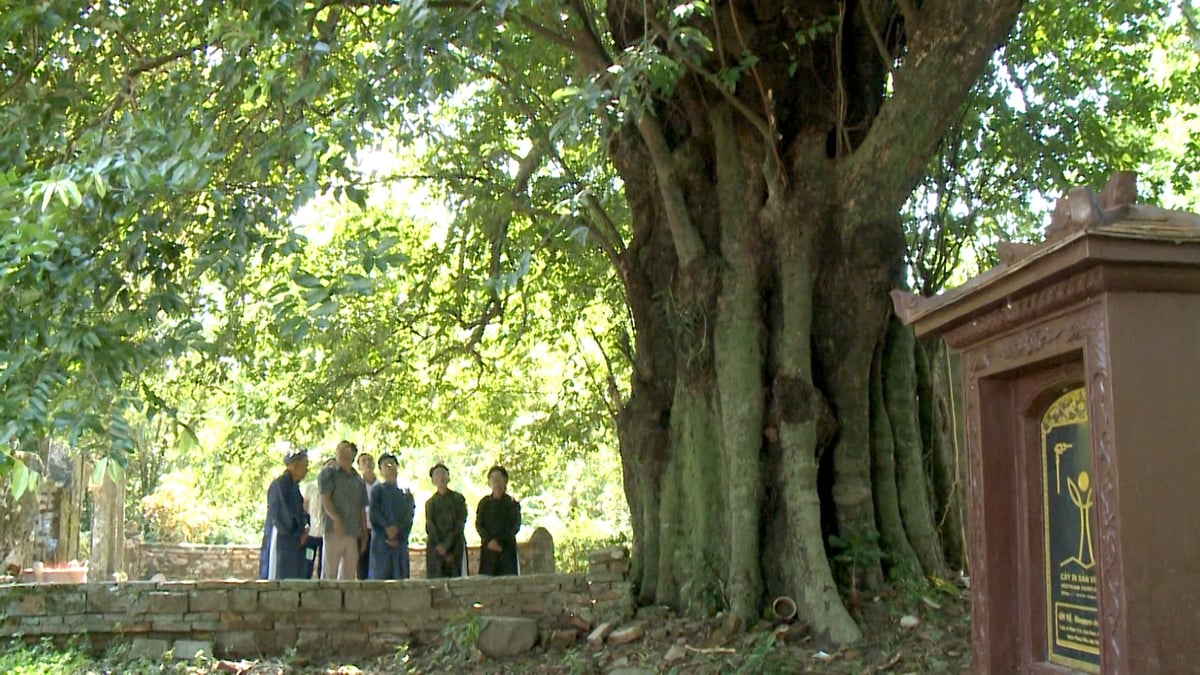

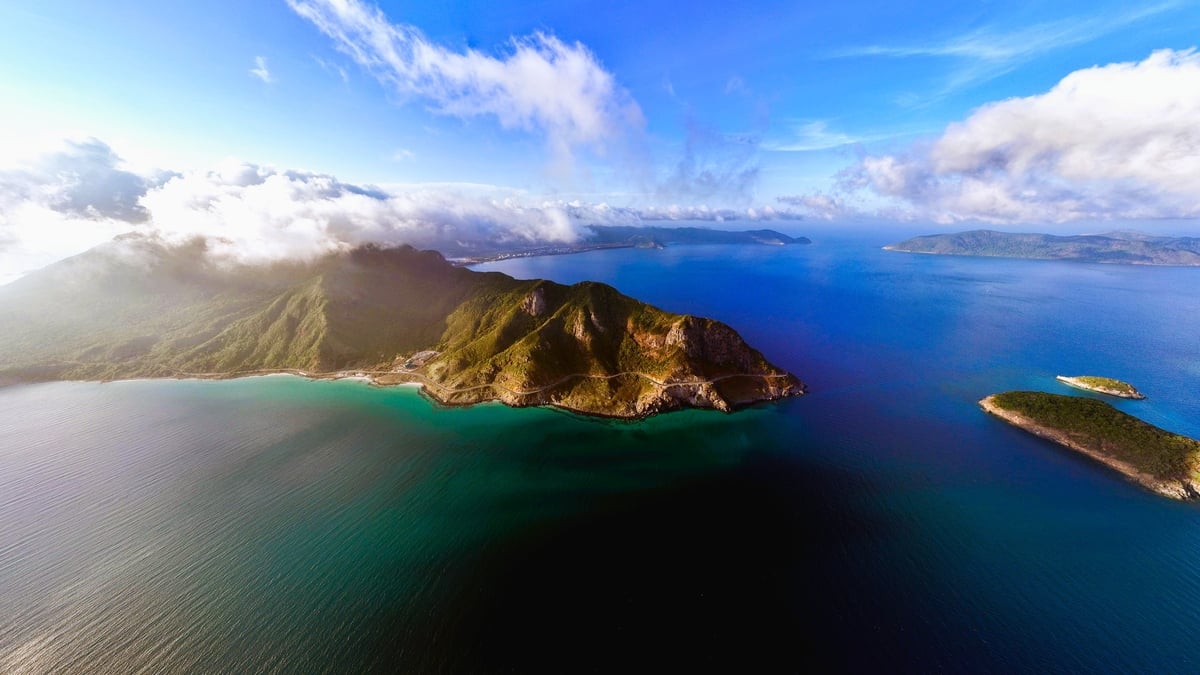






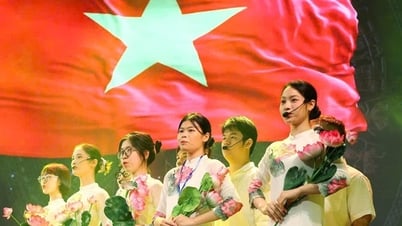
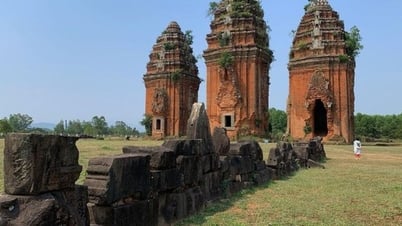
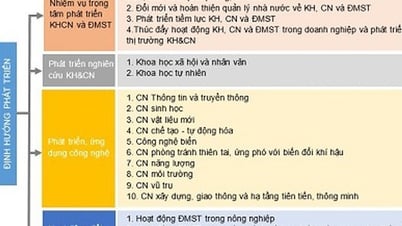






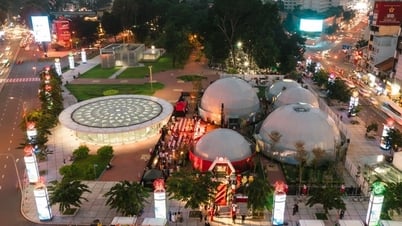


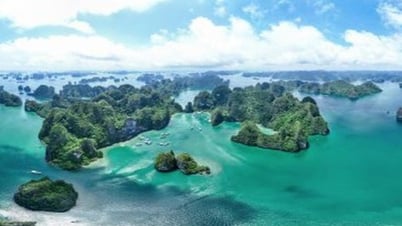

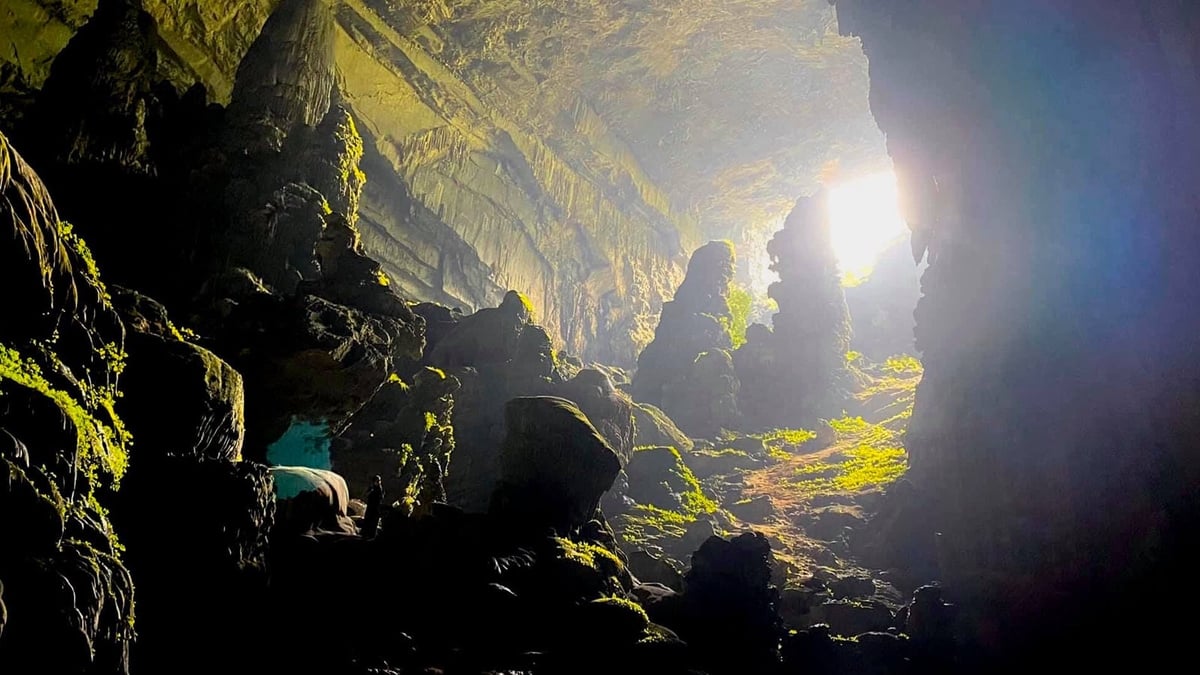



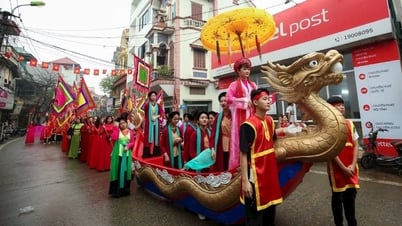

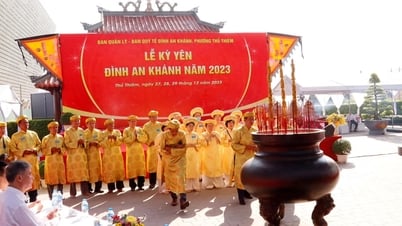

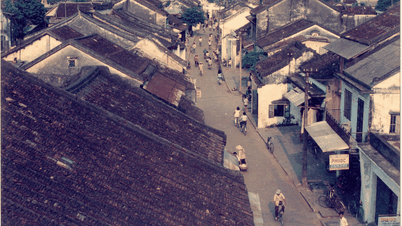


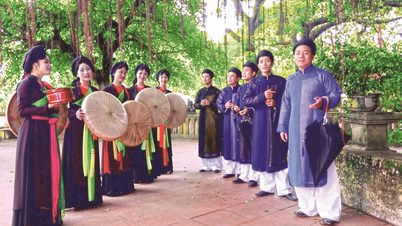

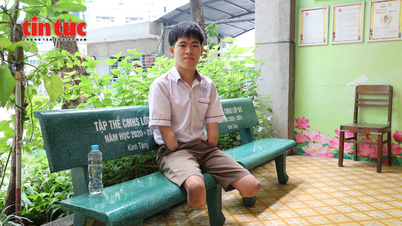





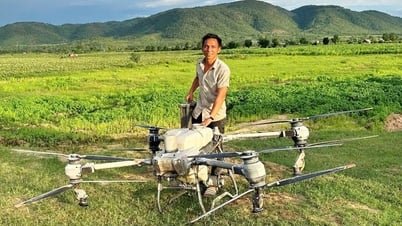

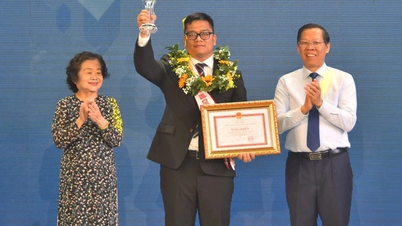


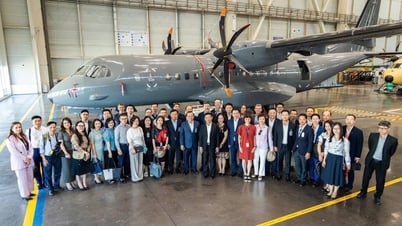


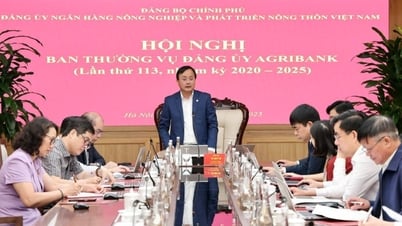
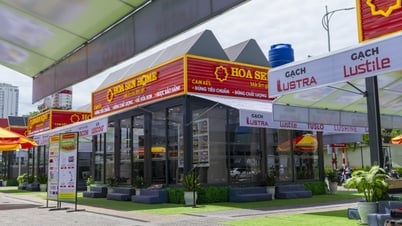

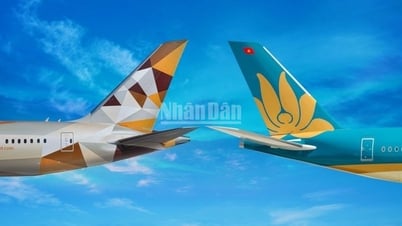


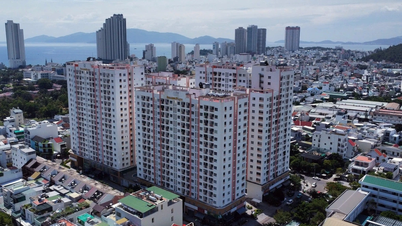

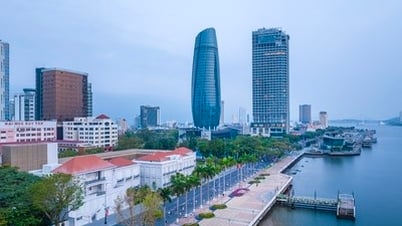

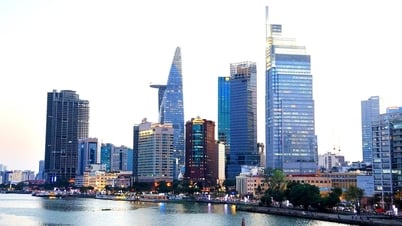
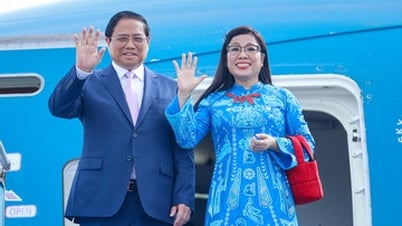
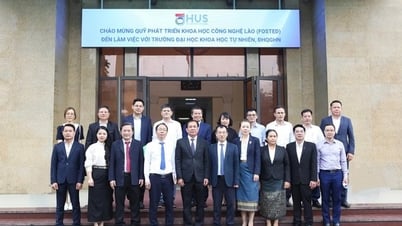






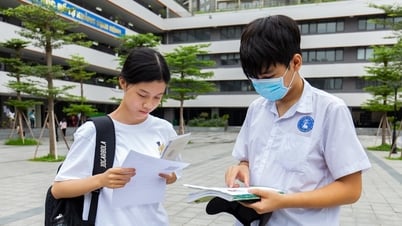
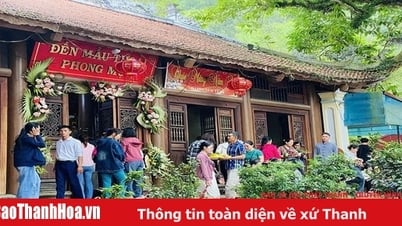

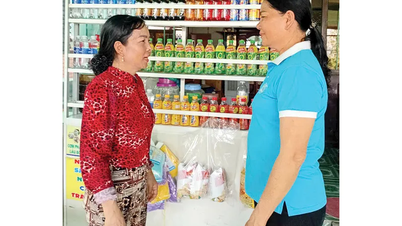

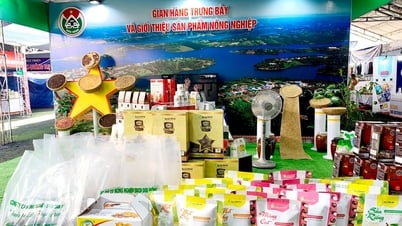

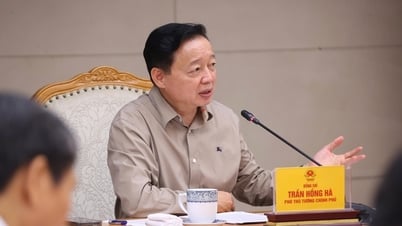

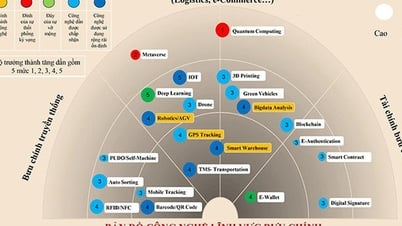
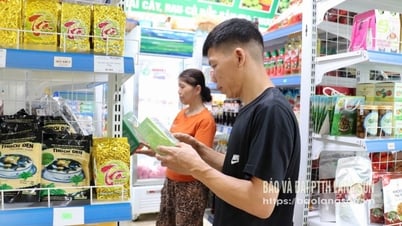




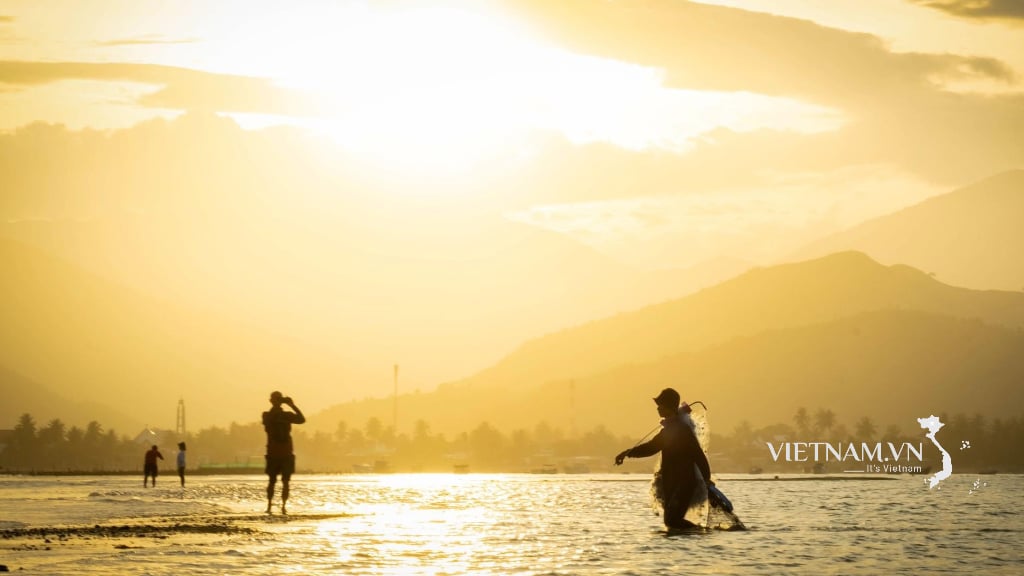

Comment (0)